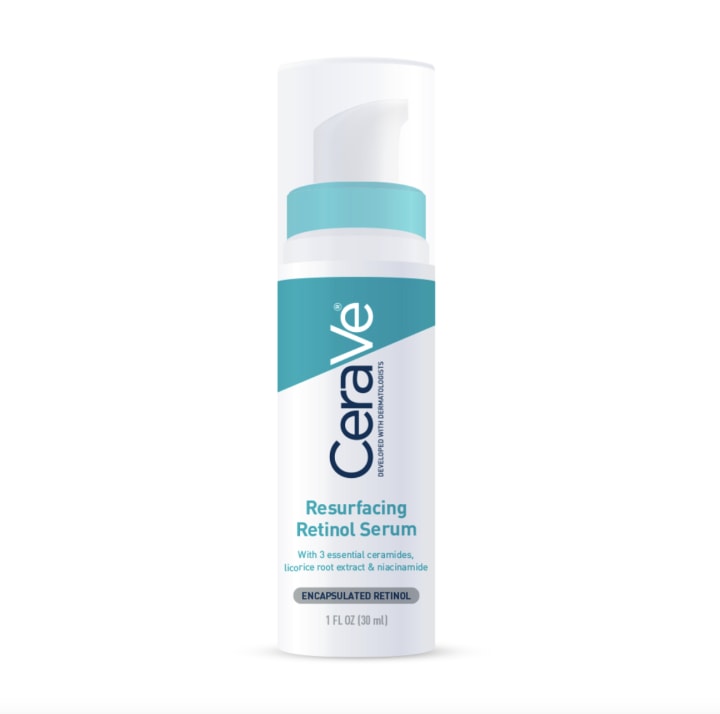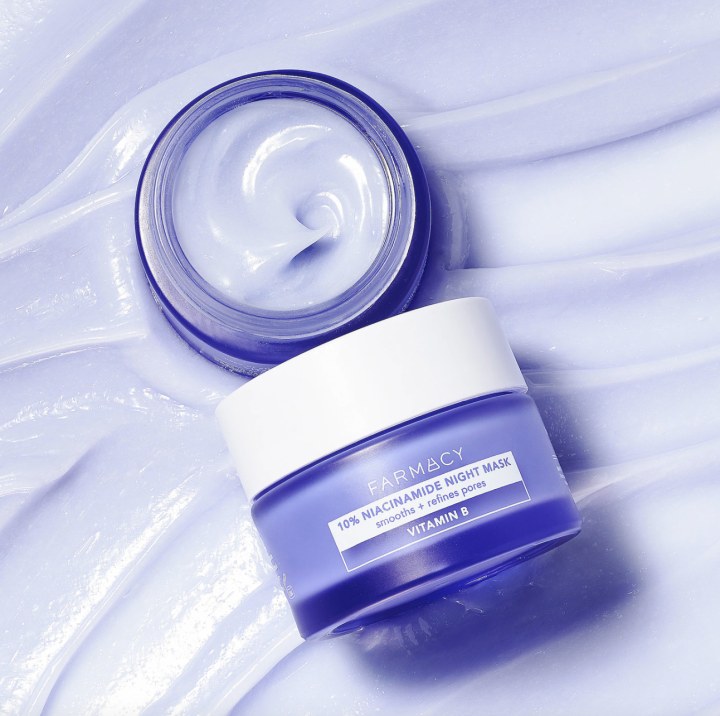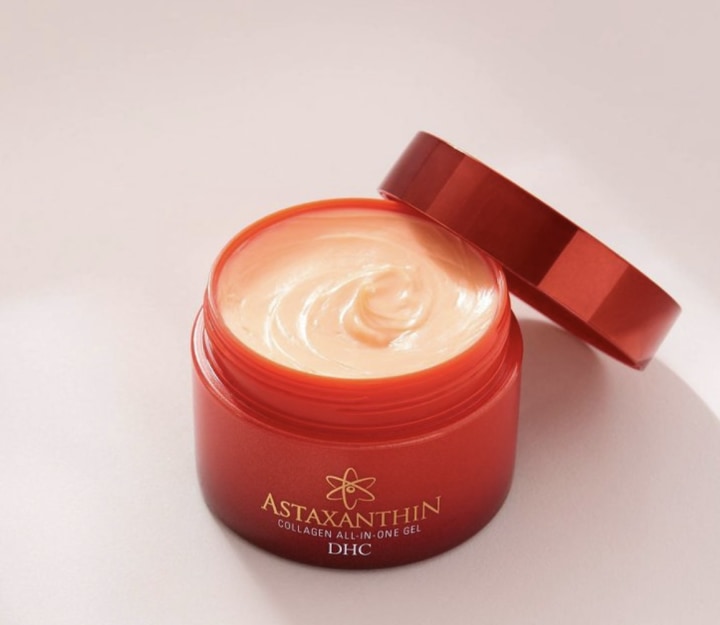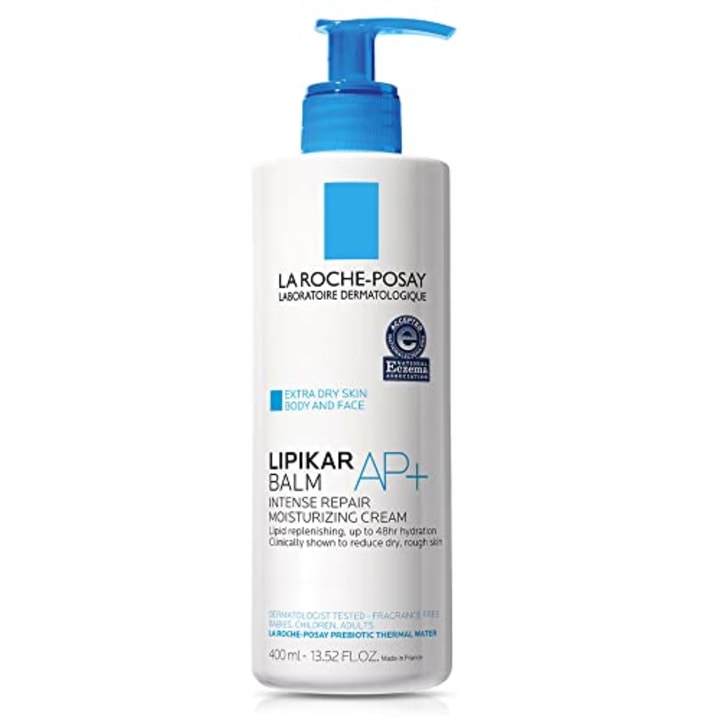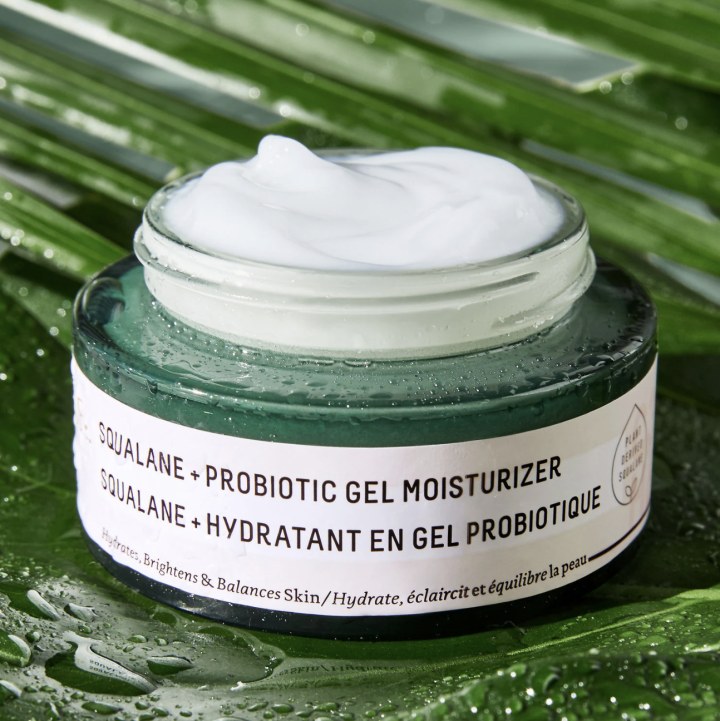Let's face it: there are a lot of buzzwords when it comes to beauty. So, if you don't have the time to do a deep dive on some of the ingredients you see on the label, you might feel confused by what they all do.
Luckily, Dr. Marnie Nussbaum, a board-certified dermatologist and clinical instructor of dermatology at Weill Cornell Medical College, stopped by the 3rd hour of TODAY to clear it all up. From retinol to prebiotics and probiotics, Nussbaum explained the purpose of some of the most popular skin care ingredients out there right now, plus ways you can use them in your own beauty routine.
Whether you've just discovered hyaluronic acid, or it has a permanent spot in your beauty routine, keep reading for a crash course on the beauty terms you'll want to know.
What are popular skin care ingredients?
CeraVe Resurfacing Retinol Serum
What it is: Retinol is a form of vitamin A that Nussbaum says is a "must for anti-aging" as well as for acne-prone skin. It works by increasing skin cell turnover and also boosts the production of collagen and elastin in the skin and therefore can help reduce the appearance of fine lines and wrinkles, as well as create more even skin tone and texture, with regular use. Nussbaum says it may take three to six months to see a difference.
How to use it: Out of caution, Nussbaum said that pregnant or breastfeeding women should not use retinol. Despite its benefits, retinol is the skin care ingredient that is known for irritation, so those who can use it should start by using it every other night, with low potency. After two weeks, she says you can begin using it every night and after three months, up the potency. To reduce irritation, use it with a moisturizer at night. Nussbaum also says daylight and sunlight can break it down.
Farmacy 10% Niacinamide Night Mask
What it is: Niacinamide is a form of vitamin B3 that is an "amazing catch-all after vitamin C" that is great for hydration, according to Nussbaum. Additionally, it helps to calm inflammation and reduce redness, transepidermal water loss, hyperpigmentation and the appearance of pores, she says. Since it promotes the production of ceramide in the skin, it also increases hydration and skin firmness while preventing oxidative stress that can accelerate aging. It can also help with acne since it regulates sebum production, she adds.
How to use it: If you are already using a vitamin C serum, Nussbaum says you likely don't need to use the ingredient. However, if you want to incorporate it into your skin care routine you can start by using it alone in the morning or in a moisturizer. Nussbaum says this night mask from Farmacy is an easier option though, since it cuts out the fuss of multiple steps and only needs to be used two to three times per week.
L’Oreal Paris 1.5% Pure Hyaluronic Acid Serum
What it is: Hyaluronic acid is a naturally occurring glycosaminoglycan (biomolecule) found in our body's connective tissues that helps plump and hydrate the skin. It functions as a humectant, which means it draws water into the skin (it can hold 1,000 times its weight in water) and makes the skin more supple, firm and plump, which also helps reduce the appearance of fine lines, Nussbaum said.
How to use it: Nussbaum says this ingredient is great to use both in the morning and at night. When applied in the morning, it helps to plump the fine lines on your face. At night, she said it helps repair your skin.
Mario Badescu Glycolic Foaming Cleanser
What it is: Glycolic acid is a water soluble alpha hydroxy acid (AHA) that is made from sugar. It is the smallest of the AHA molecules and therefore "penetrates the best," Nussbaum says. Its small size helps it dissolve the bonds that hold skin cells together, thereby increasing the rate of skin cell turnover and brightening the skin. The ingredient also triggers the production of collagen, which improves the firmness, thickness and elasticity of the skin, she added. Those with acne-prone skin might also appreciate that it helps keep pores clean.
How to use it: Though it can be found in many different forms, Nussbaum recommends using it as a cleanser, since it neutralizes when you wash it off.
DHC Astaxanthin Collagen All-in-One Gel
What it is: This "extremely powerful antioxidant" (Nussbaum says some studies have found it to be even more powerful than vitamin C) is also known as a carotenoid, which gives it that bright red-orange color that is also found in carrots, salmon and tomatoes. It is naturally produced by plants, algae and bacteria and works to protect your skin against free radical damage and sun damage — which Nussbaum says break down collagen, elastin and can trigger skin cancer — by improving the DNA-repair capacity, hydration, texture and elasticity. It also poses benefits for your immune system, as astaxanthin increases immunoglobulins that help fight viruses and "even possibly melanoma," she said.
How to use it: Though Nussbaum added that the ingredient has anti-inflammatory properties and can be good for sensitive skin, it is very potent. Since it is also relatively brand new in skin care, Nussbaum says to use this in the morning and stick to applying retinol at night.
La Roche-Posay Lipikar Balm AP+ Moisturizer
What it is: The microbiome has become a hot topic in skin care. Protecting your microbiome helps balance your skin's pH and also protects the skin barrier, she said. Prebiotics help feed the "good" bacteria living on the skin and discourage the growth of harmful bacteria, according to Nussbaum. How to use it: Nussbaum recommends this body moisturizer if you want to incorporate prebiotics into your skin care routine. It is formulated with the brand's prebiotic thermal water and can be applied daily to clean skin.
Biossance Squalane + Probiotic Gel Moisturizer
What it is: On the other hand, probiotics (which are live bacteria) help the skin fight irritation and inflammation by up-regulating the skin's immunity, Nussbaum said. They also boost ceramides and protect the skin's lipid bilayer, which helps reduce skin conditions such as eczema, dryness, acne and UV damage. The more bacteria we have, the better skin health we have, Nussbaum added.
How to use it: This moisturizer is one way you can incorporate probiotics into your skin care routine, according to Nussbaum. It can be applied in the mornings and at night to your face and neck, and can be used alone or under oils if you want to lock in more moisture, according to the brand.
For more stories like this, check out:
- Trinity Mouzon Wofford is turning the tide on lack of diversity in the wellness space
- 24 beauty 'empties' that are always on our restock list — starting at $9
- Want a dewy, hydrated glow? You’ll want to to add this product to your beauty arsenal
Subscribe to our Stuff We Love and One Great Find newsletters, and download our TODAY app to discover deals, shopping tips, budget-friendly product recommendations and more!
